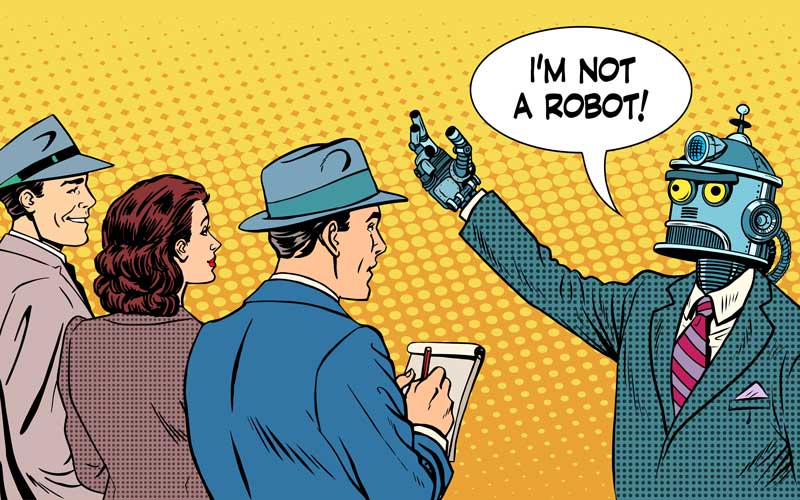Hi guys, could you briefly introduce yourselves?
Jonas: My name is Jonas Harbering, I studied mathematics in Göttingen and have been working at Arineo for a few years now.
Gerhard: My name is Gerhard Heinzerling, I also studied in Göttingen and I like playing Go and hiking.
Why become a data scientist?
Jonas: Finding small dependencies and real-world correlations in a large pool of data inspires me.
Gerhard: I believe there is a secret behind the AI and am trying to uncover it.
What background do you have?
Jonas: I have always been excited by the world of mathematics that is purely in the minds of those who grapple with it. And how you can understand and lose yourself in it, completely separate from the outside world. In the end, however, the mathematical part with a stronger connection to the outside world was more interesting for me.
Gerhard: I studied linguistics, among other things and for a very long time, have wondered how and where words are stored. Unfortunately, I still haven’t found a satisfactory answer.
And why do you work at Arineo?
Gerhard: Arineo offers me a fantastic opportunity to get to grips with AI. The usefulness of the solutions is measured by Arineo’s customers.
Jonas: Arineo allows me to research and develop in the field of AI, while at the same time, take part in day-to-day business. Moreover, the critical issues of AI, such as data protection and automation, are well-founded in a company with EOC and cooperative management.
And you really do neural networks with customers?
Gerhard: Yes! We don’t just use standard solutions, but actually develop our own neural networks.
Jonas: And we then apply these in the processing of unstructured textual data or image recognition.
Is this reproducible?
Gerhard: Absolutely. It’s actually quite simple.
What added value do you expect?
Jonas: The aim is to partially automate similarly repetitive work and processes.
Gerhard: Also, there are tasks, such as in image recognition, that are so complex that they could only sensibly be taken on by AI.
As a customer, do you have to be prepared? How?
Gerhard: Ideally yes. By thinking about the possible tasks and being able to provide the corresponding data.
Jonas:In case of doubt, however, we could first discuss the precise aim to work out the tasks and make suggestions for the inclusion of meaningful data.
Other aspects? What does the IT department think of the clients?
Jonas: In fact, we do need special IT infrastructure components. But integration has to be discussed on a case-by-case basis and is rarely a problem.
Gerhard: In the image processing area particularly, we don’t often talk to the actual IT, but much more to the specialist departments.
How do you go about projects?
Gerhard: In our projects, we often start small and agile with a proof of concept.
Jonas: This has the advantage that all parties involved can quickly assess the feasibility and the prospects of success. Full implementation will then follow.
Do you have an exciting success story to tell?
Gerhard: One of the greatest successes that our customer reported to us was that certain leaf diseases could only be distinguished by laboratory analyses. That is expensive and time-consuming. With our image recognition, we can differentiate certain leaf diseases with simple photos.
Jonas: Also, we now know that you have significantly less belly-button fluff when you use a front-loader washing machine.
Where do you see AI in the future?
Gerhard: AI as a technology is already in use in many places today, without being noticed. Nevertheless, AI can be compared to a telephone and whether you whisper sweet nothings or shout threats through it makes no difference to the telephone. With this powerful tool, you have to think very clearly about what you want to do and don’t want to do.
Jonas: And this is further supported when you consider that AI only gets better with appropriate data. I.e. caution is also required when compiling and using the data. But if you take this to heart and skilfully compile the company-relevant data, you can derive great added value from it in the future.
Many thanks for the interview!
If you would like to know more about our AI projects or how we can support your business processes with AI, just get in touch! Maybe Jonas will tell you all about belly-button fluff.


